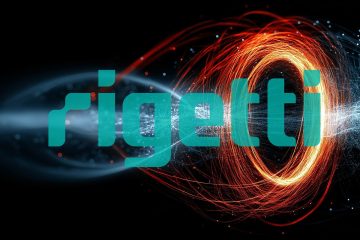The Role of Perplexity in Natural Language Processing
Introduction to Perplexity
Perplexity is a statistical measure that is widely used in the field of natural language processing (NLP) to evaluate language models. It is a crucial metric for assessing how well a probability distribution or a probabilistic model predicts a sample, which is fundamental in machine learning and computational linguistics. As artificial intelligence continues to evolve, the understanding of perplexity becomes increasingly relevant, especially with advancements in language models like GPT-3 and BERT.
What is Perplexity?
At its core, perplexity quantifies the uncertainty a language model has in predicting the next word in a sequence. Formally, it is defined as the exponentiation of the entropy, representing the model’s confidence. A lower perplexity score indicates that the model is better at predicting the next word, suggesting a higher quality in understanding the nuances of language. For instance, while evaluating chatbots, lower perplexity would imply that the chatbot can generate more coherent and contextually relevant responses.
Recent Developments and Applications
With the rapid growth of artificial intelligence, many organizations are leveraging sophisticated NLP models to enhance performance across various applications, including customer support, content generation, and sentiment analysis. In 2023, OpenAI’s advancements in language models showed considerable reductions in perplexity scores, suggesting improvements in coherence and contextual relevance of generated text. Researchers have noted that the continual innovation in training techniques, such as reinforcement learning and fine-tuning on diverse datasets, has contributed significantly to lowering perplexity, thus offering more human-like interactions in AI systems.
Challenges in Measuring Perplexity
While perplexity serves as a useful metric, it is not without its limitations. The score can vary significantly based on the corpus used for training the model. Moreover, perplexity alone does not measure the qualitative aspects of language generation such as creativity or empathy, which are increasingly important in conversational agents. Researchers are actively exploring complementary metrics that assess these qualitative dimensions, ensuring that AI systems are not only statistically accurate but also contextually aware.
Conclusion
In a world where effective communication is paramount, the significance of understanding perplexity in NLP cannot be overstated. As technology progresses, so too will the methods of measuring and enhancing language models. Going forward, balancing quantitative metrics like perplexity with qualitative assessments will be critical in developing AI that is not only effective but also resonates well with human users. Readers interested in AI and technology should keep an eye on how researchers continue to leverage and improve upon perplexity to pave the way for more sophisticated language understanding systems.









